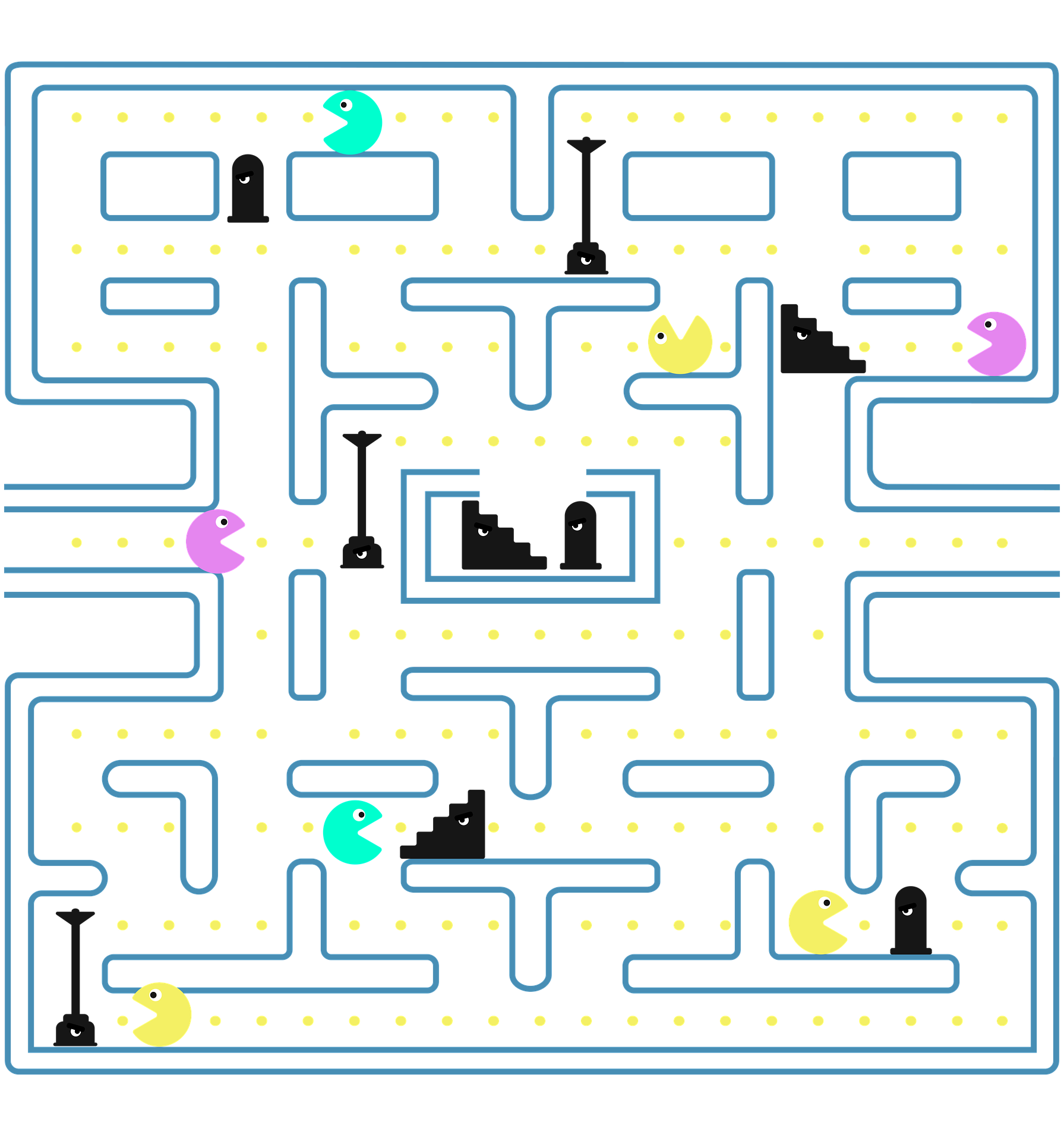Have you ever made a game to make something mundane more fun? If you have ever had to take care of little kids I’m sure you have to pass the time! Let’s see how many blue cars we can find while we wait for our table!
As an educator, I am always looking for ways to grow my practice and make my approach accessible, engaging, and inspiring to more learners. Combined with that is my continual goal to personalize the educational experiences I create for students to allow voice and choice as often as possible. In that quest I have become increasingly interested in gamifying learning. There are so many reasons why the more I learn about gamifying, the more I want to immerse myself and my students in it.
Here are 5 ways to engage your students through games.
Theme!
Gamifying begins with choosing a theme. That theme or story can provide another opportunity for engagement in the content and an inspiring ‘why’. For example, for a group of middle school students a Harry Potter theme in which students get sorted into houses and complete assignments and quests for powers and points to defeat Voldemort creates higher engagement around a unit or concept that otherwise would have seemed unattached to their world. Perhaps your students are into Marvel or you are reading a novel set in a world you could immerse yourselves in, or a historical time period. Whatever the theme, you will find the most success when it is a topic that inspires you, the educator, as well as your students. If you are collectively excited about the theme it will be easier to think of all the other experiences that will enrich the game (and collect ideas from your students!) and keep you and your learners excited to stay with it. Excitement is contagious and it goes both ways!
XP = Experience
Learning, at its core, is about experiences. We as educators create experiences for students in our care and the richer the experience, the deeper the opportunity for learning. In video games, characters earn XP or experience points. When you gamify your learning, students can earn XP for all kinds of tasks and experiences. In many gamified classrooms, XP cannot be lost because they are points earned through experience. No matter what happens, no one can take that experience away from you. When you start thinking about crafting learning experiences, you start thinking about all the learners in your class, how to inspire and motivate them, how to provide multiple ways for them to show what they know, and how to engage with the content.
Badges, Power-Ups, and Items
Badges? We DO need badges! Badges, power-ups, and items are all ways to increase engagement and provide motivation along the way. These items can be parts of the class that students ask about all the time like going back to their locker, listening to music, or revising homework, but they are earned through gameplay.
Badges can be a way of rewarding consistent effort, behavior, teamwork, or other skills that make the classroom experience better for everyone. Items and power-ups can be earned through activities, side quests and experiences that can then be used at different times throughout the game. These tools give players things to play for, make the experience richer, and add challenge and intrigue into the game. In our Harry Potter example, perhaps students can earn an ‘invisibility cloak’ or ability to wear a hood on a hoodie for a class period by nailing a quiz and the luck of a dice roll. Badges, power ups, and items provide a way for the game to evolve and progress so that it always stays fun and you have something to work towards.
Boss Battle!
Gamifying learning has many elements of the Hero’s Journey. Video games, books, and movies often follow this familiar arc which, at some point, sees our hero (our students)battling the bad guy or boss. In our gamified classroom this could be Voldemort, Thanos, fording a river, or the Joker. Most often I have seen this paired with an assessment for your content. Correct answers hurt the bad guy and incorrect answers hurt the student or teams of students. Enough correct answers and the bad guy loses, hooray!
Not enough correct answers and the good guys lose. Boo!
Your unit would have had this assessment no matter what. Gamifying the unit makes assessments more fun and provides extra motivation and engagement opportunities for the students.
Side Quests and Easter Eggs
More advanced gameplay adds elements like side quests and “easter eggs”.
Side Quests
Side quests are tangential learning opportunities that are not critical to the main gameplay but offer opportunities for showcasing different skills, going deeper into the content and more engagement. They are about developing initiative and drive so they are more open ended. For example, a unit on the Civil War might have a side quest to design a recruitment tool for the Union or Confederates. It is up to the student to do the research and take the initiative to make the tool. That tool could be a poster, song, painting, sculpture, speech, etc. Side quests are not meant for all students to do but provide another pathway to learning.
Easter Eggs
Easter eggs are hidden gems that only die hard fans notice. They are planted by the game designers, writers, and producers for those fans that want a little bit extra. These are ways to take the learning beyond the classroom. Perhaps you have a secret symbol from your game that could pop up in the cafeteria with a QR code link to a video challenge (that you would create) leading your student(s) to follow some clues down a digital rabbit hole. Easter eggs are another way to provide a different path for some of your learners who are looking for extra challenge.
Both easter eggs and side quests are elements of gamified learning that evolve over time and come after your game has begun to take shape.
Conclusion
Video games are fun and people stick with them over long periods of time because they make incremental progress. You beat levels, hit save points, gain new skills. The same can happen in the classroom. I have seen first hand the power of deep learning that can occur when students are passionate about what they are doing, when they have a strong ‘why’, and when they can attach as much sense as possible to the experience. The more senses, the deeper the memories, the more lasting the learning.
Finally, what I love about gamification is it is a wonderful framework to allow for voice and choice in learning. There can be multiple ways for students to acquire the knowledge and to show what they know just like in a board or video game. There are multiple ways to win the game.
Gamification makes each class period fun for not only the students but for me the educator too. And a passionate and inspired educator creates better learning experiences for students.



